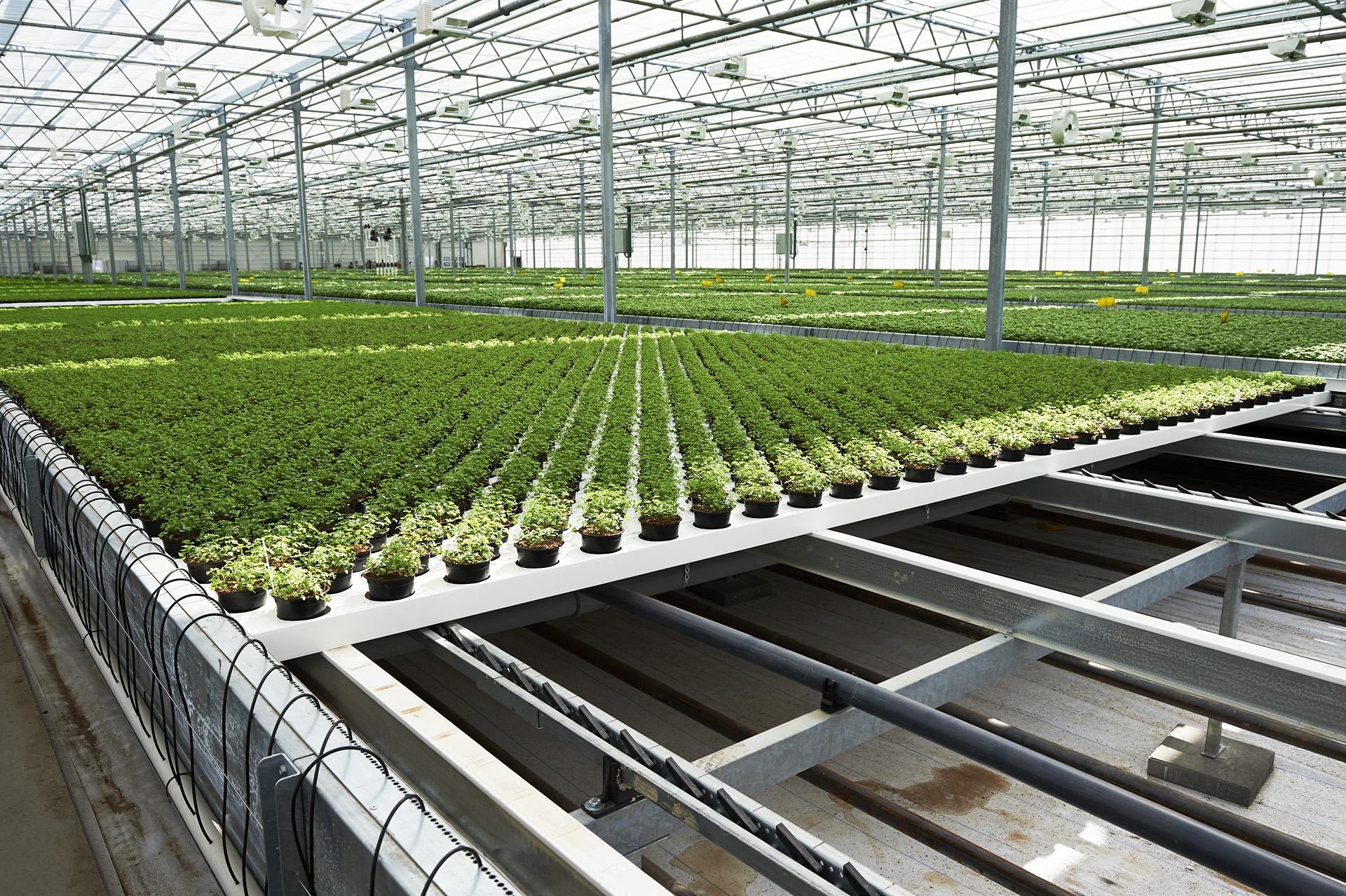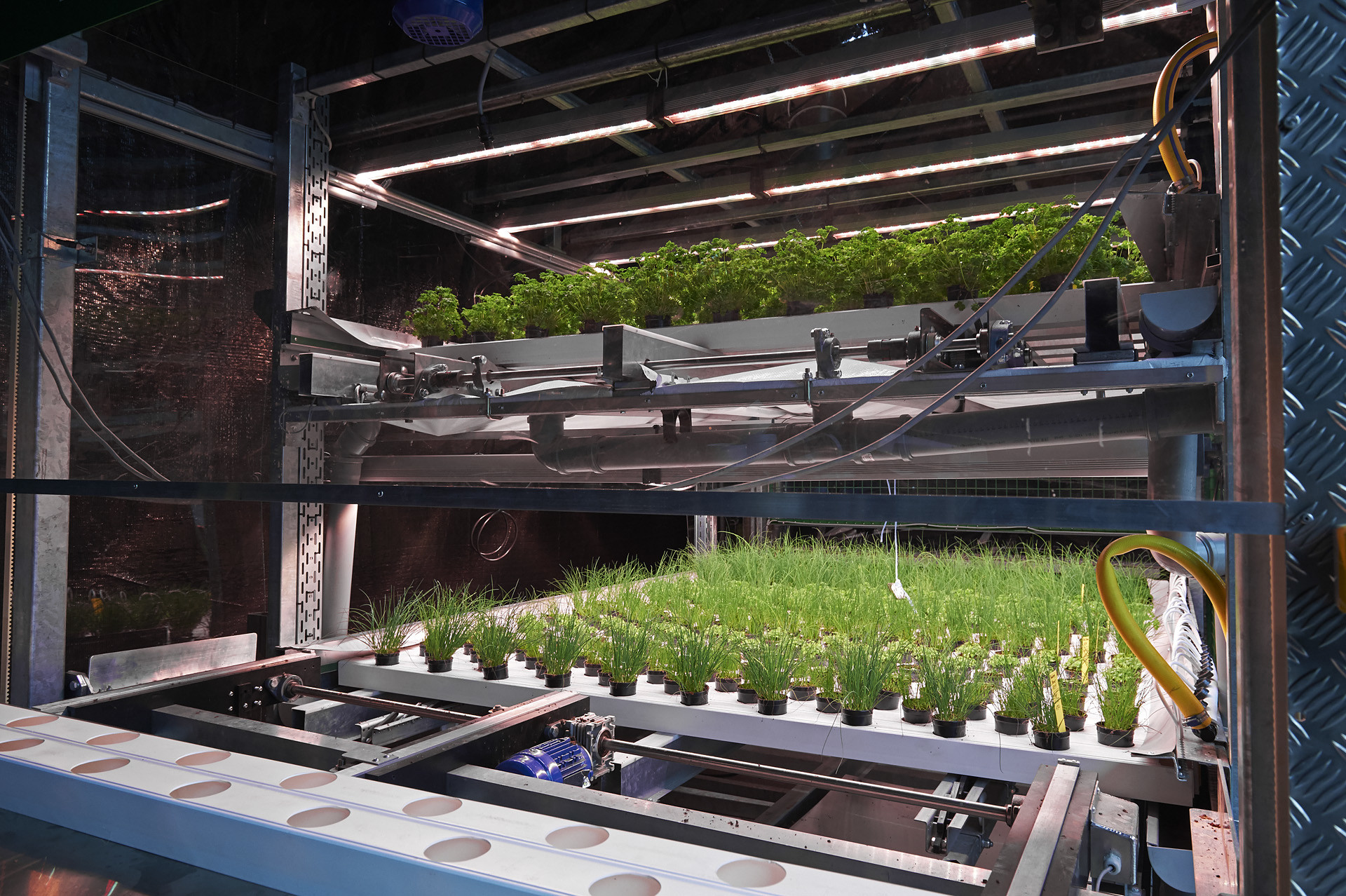AI in CEA: Unlocking the Future of Agriculture
Artificial intelligence (AI) is transforming Controlled Environment Agriculture (CEA) by making farming more efficient, sustainable, and reliable. CEA, which includes innovative methods like vertical farming, hydroponics, and aquaponics, allows crops to grow in controlled spaces where factors like light, temperature, and water are managed.
Now, with AI in CEA, growers can optimize these processes to produce better results while using fewer resources. This combination of technology and agriculture is helping to address critical challenges such as food shortages, climate change, and limited natural resources, paving the way for smarter and more efficient farming practices.
Precision Climate Control with AI in CEA
One of the cornerstones of Controlled Environment Agriculture is precision climate control. AI algorithms are now enabling growers to fine-tune environmental conditions, such as temperature, humidity, and CO2 levels, with unparalleled accuracy. These systems rely on vast amounts of data collected from sensors placed throughout the farming facility. By analyzing this data in real-time, AI can adjust climate variables to create the ideal conditions for plant growth.
For example, AI-powered climate control systems can predict weather patterns or external temperature fluctuations and adjust indoor conditions proactively. This ensures consistent yields and reduces energy consumption, as resources are only used when necessary. With AI in CEA, facilities can maintain optimal growing conditions while minimizing waste and energy costs, making them more efficient and economically viable.
Smart Irrigation and Nutrient Management
AI is also transforming irrigation and nutrient delivery in Controlled Environment Agriculture. Traditional farming methods often result in significant water and fertilizer wastage, but AI-powered systems ensure that plants receive the precise amount of water and nutrients they need, exactly when they need it.
Using machine learning models, these systems analyze plant data, such as growth rates, leaf color, and root development, to determine the optimal irrigation schedule and nutrient mix. This level of precision not only conserves water and resources but also accelerates plant growth and improves crop quality. Furthermore, AI systems can adapt to changes in plant requirements over time, ensuring that nutrient delivery is always perfectly calibrated.
In hydroponic and aquaponic systems, AI in CEA helps monitor water quality and nutrient balance, identifying potential issues before they affect plant health. By automating these processes, Controlled Environment Agriculture facilities can reduce labor costs and ensure consistent results.

AI in CEA for Crop Monitoring & Disease Detection
Crop health is critical to the success of any farming operation, and AI in CEA has become an indispensable tool for monitoring plants and detecting diseases. Through the use of advanced computer vision and machine learning, AI systems can analyze images of plants to identify early signs of stress, pests, or disease often before these issues are visible to the human eye.
These AI-powered systems use cameras and sensors to collect data on plant color, texture, and growth patterns. When anomalies are detected, the system can alert farmers and suggest corrective actions, such as adjusting environmental conditions or applying targeted treatments. This proactive approach not only prevents crop loss but also reduces the need for chemical pesticides, contributing to a more efficient farming operation.
Additionally, AI in CEA can track long-term trends in plant health, helping growers understand how different environmental factors or management strategies impact their crops. By continuously learning and improving, AI systems are becoming increasingly effective at ensuring optimal plant health and maximizing yields.
Harvest Optimization & Yield Prediction with AI in CEA
AI in CEA is playing a crucial role in optimizing harvest timing and predicting yields. By analyzing data from sensors, cameras, and historical records, AI systems can determine the precise moment when crops are at their peak quality and ready for harvest. This ensures that produce is harvested at the optimal time, enhancing both flavor and nutritional value.
Yield prediction is another area where AI in CEA is making a significant impact. Machine learning models can analyze factors such as plant growth rates, environmental conditions, and past harvest data to forecast future yields with high accuracy. These predictions help farmers plan their operations more effectively, from scheduling labor to managing distribution and sales. With AI in CEA, Controlled Environment Agriculture becomes more predictable and efficient, reducing waste and improving profitability.

Energy Management and Sustainability with AI in CEA
Energy consumption is one of the biggest challenges in Controlled Environment Agriculture, as artificial lighting, climate control, and irrigation systems can require significant power. AI in CEA is addressing this issue by optimizing energy use and integrating renewable energy sources into farming operations.
AI-powered energy management systems can analyze energy usage patterns and identify opportunities for efficiency improvements. For instance, these systems can adjust lighting schedules to align with natural light availability or use predictive analytics to anticipate periods of high energy demand. By automating energy management, AI in CEA reduces costs and minimizes the environmental impact of Controlled Environment Agriculture.
Moreover, AI in CEA can facilitate the integration of renewable energy sources, such as solar panels or wind turbines, into farming systems. By balancing energy supply and demand in real-time, AI ensures that these facilities operate sustainably while maintaining optimal growing conditions.

The Future of AI in CEA
The integration of AI in Controlled Environment Agriculture (CEA) is still in its early stages, but the potential for transformative advancements is enormous. As AI technology continues to evolve, it promises to bring unprecedented levels of automation and efficiency to farming operations.
Emerging technologies, such as AI-powered robotics, are set to further revolutionize CEA. Autonomous robots equipped with AI will be capable of planting, tending, and harvesting crops with precision, significantly reducing labor demands while improving consistency. Additionally, advancements in data analytics and machine learning will enable AI systems to make increasingly accurate predictions and decisions, further optimizing every aspect of the farming process.
In a world facing growing challenges in food security and environmental sustainability, the integration of AI into CEA offers a powerful solution. By leveraging AI’s capabilities, we can create farming systems that are not only more productive and efficient but also resilient.
Moving Gutter Systems as a good practice of CEA
A prime example of how AI can enhance CEA is our Moving Gutter Systems. When integrated with AI, our system becomes even more effective and efficient. AI enables real-time monitoring of plant growth and development, allowing for dynamic adjustments to gutter speeds and environmental conditions to precisely meet the needs of plants at each growth stage.
Our systems are particularly advantageous for crops such as lettuce, herbs, and leafy greens, where consistent and uniform growth is essential. By incorporating Moving Gutter Systems into AI-driven CEA operations, growers can achieve higher yields, better crop quality, and improved sustainability, making them a key practice in the future of sustainable agriculture.





